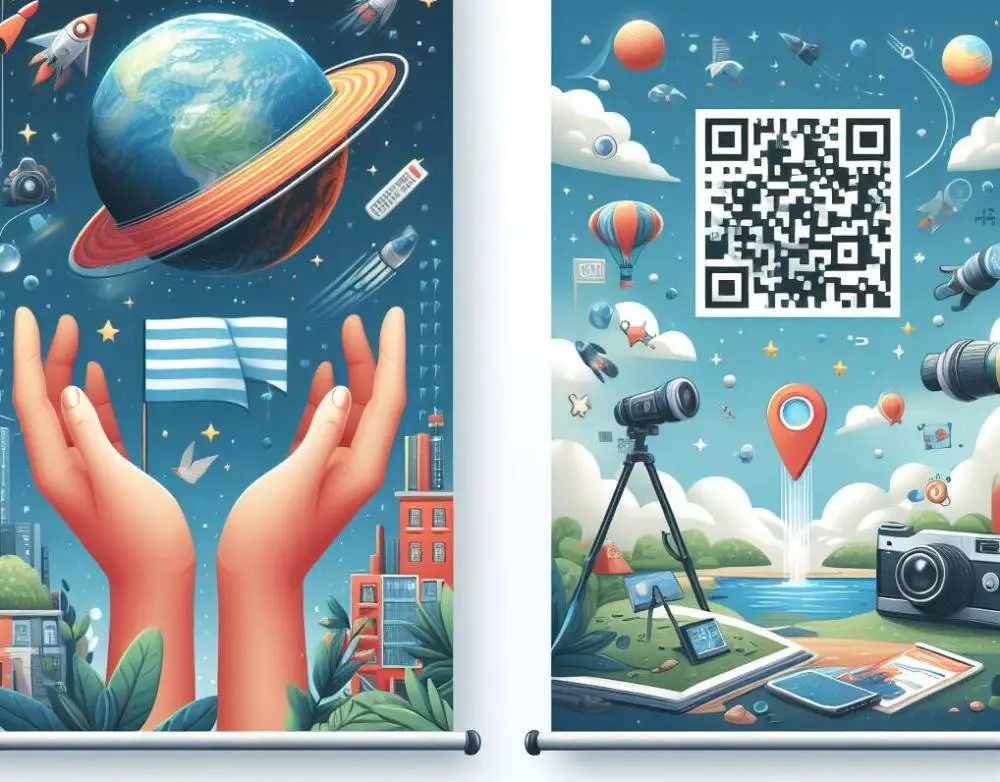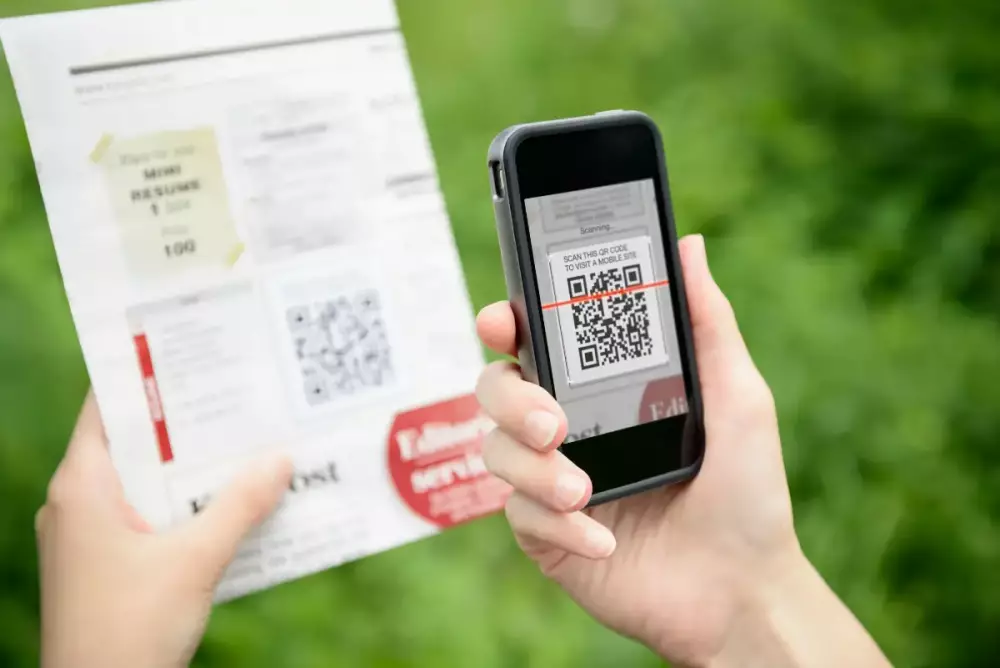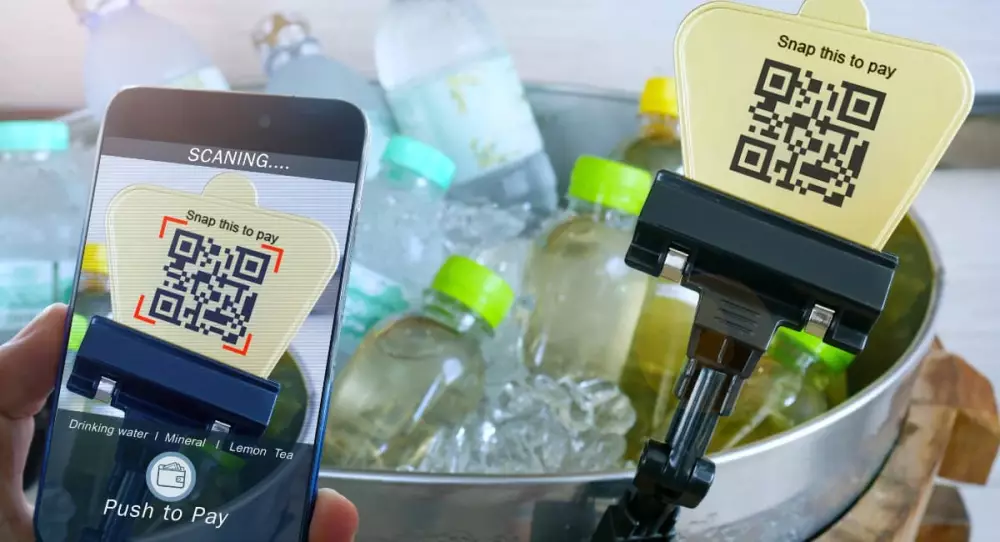In recent years, the healthcare industry has witnessed significant advancements in technology, revolutionizing the way medical facilities operate. One such innovation is the utilization of QR codes, which have proven to be invaluable in streamlining processes and improving patient care within hospitals and healthcare institutions. This article explores the diverse applications of QR codes in the medical field, highlighting their role in enhancing efficiency, patient safety, and data management.
Streamlining Patient Identification and Registration
QR codes offer a convenient and accurate method for patient identification and registration. By generating a unique QR code for each patient, medical staff can quickly scan the code with a mobile device or a dedicated scanner, eliminating the need for manual data entry. This process reduces the risk of errors, enhances efficiency, and enables healthcare professionals to access patient information promptly.
Efficient Medical Record Management
The implementation of QR codes in medical record management has significantly simplified the retrieval and organization of patient data. By affixing QR codes to physical files or integrating them into electronic health records (EHR) systems, medical staff can quickly access patient histories, test results, and treatment plans with a simple scan. This streamlined approach enhances decision-making, reduces administrative burden, and enables healthcare providers to deliver timely and effective care.
Medication Administration and Patient Safety
QR codes play a vital role in medication administration, enhancing patient safety and reducing the risk of medication errors. By incorporating QR codes on medication labels, healthcare professionals can easily verify medication information, including dosage instructions, potential interactions, and expiration dates. Scanning the QR code ensures accurate administration, providing a layer of safety and minimizing adverse drug events.
Efficient Inventory Management
Effective inventory management is crucial for healthcare facilities to ensure the availability of essential supplies and medications. QR codes can be utilized to track and manage inventory, optimizing stock levels, and facilitating automated reordering processes. By scanning QR codes on supplies or medications, staff can easily monitor stock levels, track expiration dates, and efficiently manage inventory, reducing waste and enhancing overall operational efficiency.
Appointment Scheduling and Check-in
QR codes streamline appointment scheduling and check-in processes, minimizing wait times and improving patient experience. Patients can receive QR codes via email or mobile applications, allowing them to check-in electronically upon arrival at the hospital or clinic. This digital approach eliminates paper-based systems, reduces administrative tasks, and ensures accurate tracking of patient flow, optimizing resource allocation and overall operational efficiency.
Contact Tracing and Public Health Management
In the wake of the global pandemic, contact tracing has become a critical aspect of public health management. QR codes can be used to track and monitor the movement of individuals within healthcare facilities, enabling swift identification and notification of potential COVID-19 exposure. By scanning QR codes at entry points and high-traffic areas, authorities can effectively manage outbreaks, prevent further transmission, and safeguard the health of both patients and healthcare workers.
The integration of QR codes within hospitals and healthcare institutions has revolutionized various aspects of medical practice, leading to enhanced efficiency, patient safety, and data management. From streamlining patient identification and registration to optimizing inventory management and facilitating contact tracing, QR codes have proven their versatility and effectiveness in transforming healthcare operations.




